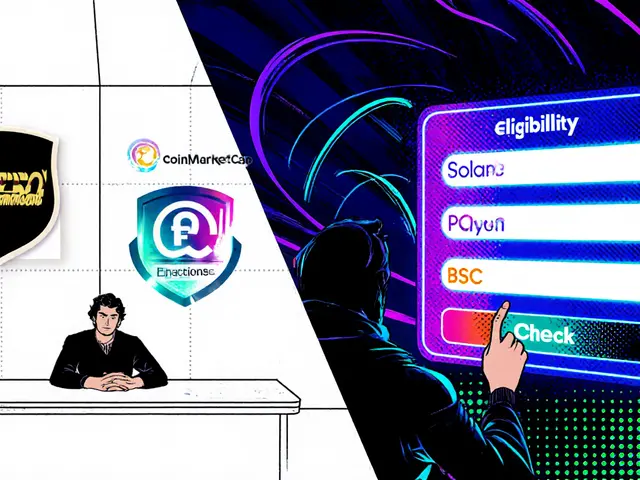Pool Decentralization Solutions
When talking about pool decentralization solutions, methods that spread liquidity and governance across many nodes to avoid single points of failure. Also known as decentralized pool architectures, they aim to boost security, reduce censorship risk, and improve capital efficiency. A core driver behind these solutions is the rise of modular blockchain, an architecture that separates consensus, data availability, and execution layers so each can evolve independently. By decoupling these layers, developers can plug in specialized data availability services and execution engines without overhauling the whole network. This flexibility lets pool operators choose the best combination for their needs, whether that’s faster finality, lower fees, or stronger resistance to attacks. In short, pool decentralization solutions give you the building blocks to create resilient, open finance ecosystems.
Key Components that Power Decentralized Pools
One of the most influential pieces is the rollup, a layer‑2 scaling technique that bundles many transactions into a single proof posted to the base chain. Rollups rely on robust data availability, meaning anyone can retrieve the original transaction data to verify the proof – a principle championed by projects like Celestia. This relationship creates a semantic triple: pool decentralization solutions require rollup technology, and rollup technology depends on data availability sampling. Data availability sampling itself is a lightweight verification method where validators randomly check chunks of data, dramatically cutting verification costs while keeping security high.
Another crucial safeguard is validator slashing protection, tools and best practices that prevent honest validators from being penalized for network glitches or accidental double‑signing. Slashing protection ensures that the nodes securing a decentralized pool stay online and trustworthy, reinforcing the overall integrity of the pool. Together, rollups, data availability, and slashing protection form a tight ecosystem: rollups amplify transaction throughput, data availability guarantees that rollup data stays accessible, and slashing protection keeps the validators who enforce these rules honest.
The ecosystem you’ll find below reflects this holistic view. Articles dive into Celestia’s modular blockchain design, walk through practical steps for securing validators, break down how data availability sampling works in real rollup deployments, and reveal the latest trends in decentralized pool governance. Whether you’re a developer building a new liquidity pool, a validator looking to harden your node, or just curious about the future of open finance, the collection gives you concrete tactics, real‑world examples, and the theory you need to make informed choices. Let’s explore how these pieces fit together and what you can apply right now to build stronger, more decentralized pools.






